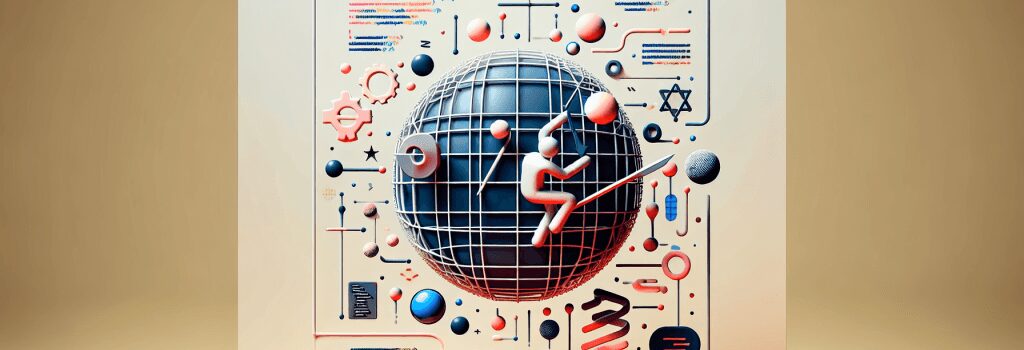Pushing the Boundaries of Web Design with Experimental CSS Features

Unleashing Creativity in Web Design: Exploring Advanced CSS Techniques
In the ever-evolving landscape of web design, staying ahead of the curve is crucial for developers aiming to create groundbreaking websites. With the constant introduction of new CSS features, the realm of possibilities for styling and dynamic presentation has significantly expanded. This article delves into experimental CSS features, shedding light on how they can revolutionize web design, enhance user experience, and make your projects stand out.
Pushing the Limits with CSS Grid Layout
Reimagining Layout Possibilities
The CSS Grid Layout is a powerful feature that transforms how we think about designing web layouts. It provides a two-dimensional grid-based layout system, offering a level of flexibility and precision previously difficult to achieve. By utilizing this technique, developers can create complex designs that are both responsive and aesthetically pleasing.
Advanced Positioning and Alignment
One of the standout benefits of CSS Grid is its ability to control the positioning and alignment of grid items. With properties like ;justify-items>, ;align-items>, ;grid-template-areas>, and ;grid-auto-flow>, developers have unparalleled control over item placement, making it easier to design visually compelling and unique web pages.
Leveraging CSS Custom Properties for Dynamic Design
Enhancing Creativity with Variables
CSS Custom Properties, often referred to as CSS variables, are instrumental in writing more efficient and maintainable code. These properties enable developers to define a value once and reuse it throughout the stylesheet, simplifying the process of theme customization and dynamic styling changes.
Real-time Theme Customization
Imagine a website that adapts its color scheme based on user preference or real-time data. With CSS variables, this level of interactivity is not just possible but relatively straightforward to implement. This feature elevates user experience by making websites more accessible, personalized, and engaging.
Exploring the Power of CSS Blend Modes and Filters
Creating Visual Mastery with Blend Modes
CSS Blend Modes allow for the blending of colors and images directly within the browser, opening up a myriad of possibilities for creative image manipulation. By experimenting with properties like ;background-blend-mode> and ;mix-blend-mode>, developers can achieve stunning visual effects that were once only possible through graphic editing software.
Dynamic Visuals with CSS Filters
CSS Filters offer a way to apply graphical effects such as blurring, brightness, contrast, and many more directly to elements. This feature can be particularly useful in creating engaging and interactive web experiences, allowing for real-time visual manipulation.
Animation and Transitions: Bringing Websites to Life
Smooth and Interactive User Experience
CSS animations and transitions provide the tools to add movement to web page elements, enhancing the interactivity and visual appeal of websites. With properties like ;transition>, ;animation>, and ;@keyframes>, developers can guide users through the website with visually engaging elements that react to user interactions, fostering a more immersive experience.
Advanced Techniques for Realistic Effects
By combining CSS animations with advanced selectors and properties, developers can create complex, realistic animation effects that can capture users’ attention and improve engagement. These techniques, when used judiciously, can significantly enhance the storytelling aspect of web design, making websites more memorable.
In Conclusion
The experimental features of CSS are pushing the boundaries of what’s possible in web design. By embracing these advanced techniques, developers can unlock a new level of creativity and innovation in their projects. However, it’s essential to test these features thoroughly and consider their compatibility and performance implications.
Embracing the future of CSS opens up a universe of possibilities, making it an exciting time to be a web developer. As the web continues to evolve, staying informed and experimenting with new techniques will be key to creating outstanding, forward-thinking websites.


